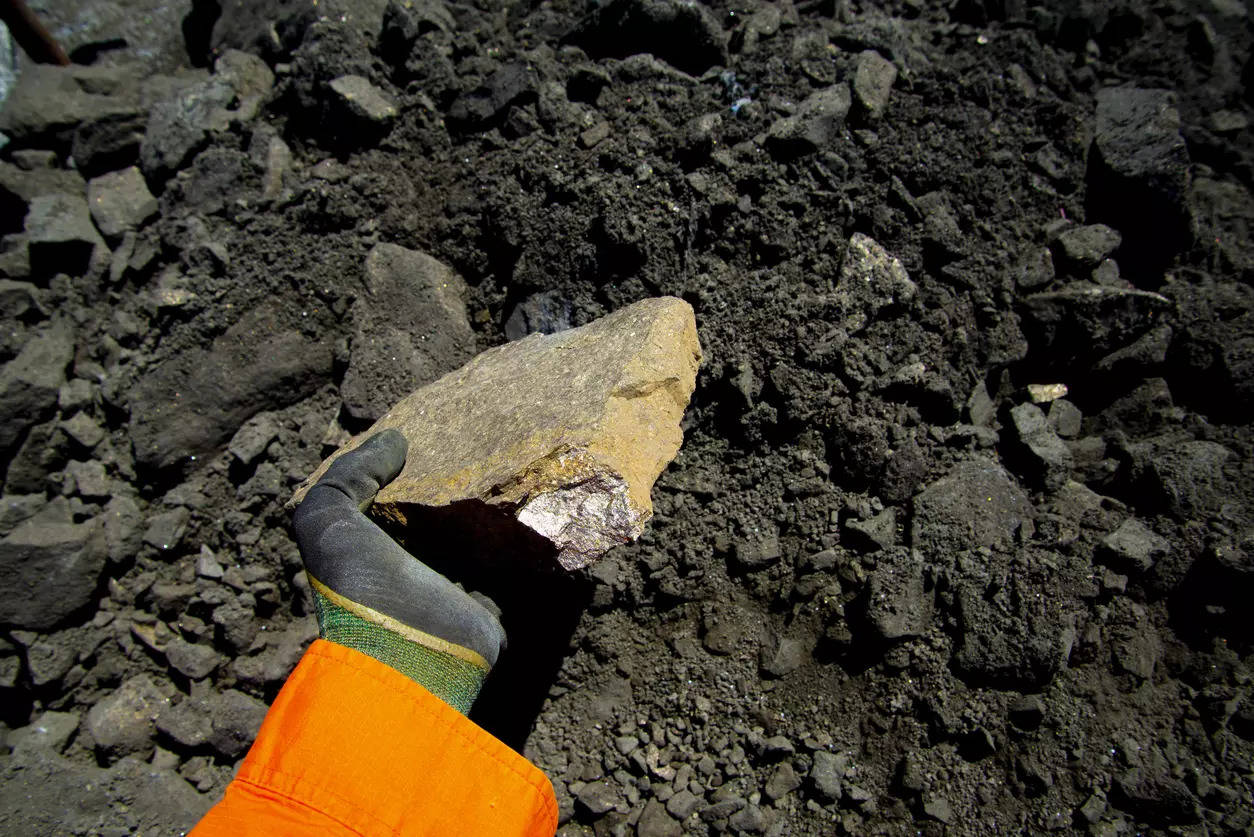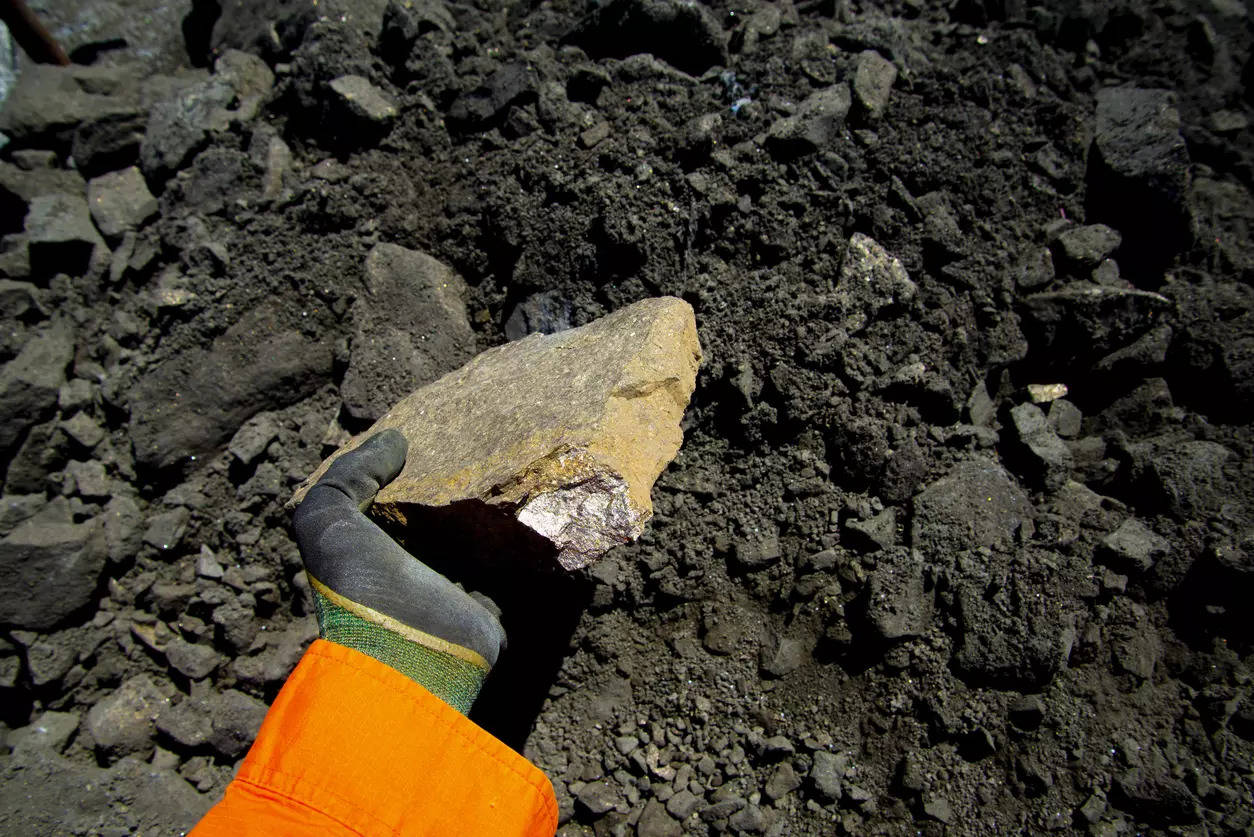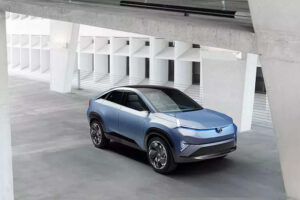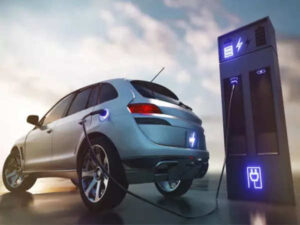
Electric vehicles (EVs) today are at the forefront of India’s sustainable transport revolution, a critical step in the country’s ambitious goal of containing climate change and reducing its dependency on fossil fuels. Central to this green energy transitional journey is lithium-ion (Li- ion) and other existing battery chemistries that will power the battery-led transportation ecosystem.At the centre of manufacturing of Li-ion batteries, it is nickel that stands out for its unique characteristics—its high energy density and greater capacity retention—which makes it far more cost competitive compared to the other ingredients like cobalt and others. Moreover, automotive original equipment manufacturers (OEMs) prioritise energy density over others because it defines the distance a vehicle can travel on a single charge and helps brings down the cost making it affordable for the general consumer.
The Adamas Intelligence EV battery Capacity and Battery Metals tracker shows average nickel weighting in EV batteries, including plug-in and conventional hybrids, had increased to 8% in July 2023 compared to same month in 2022, reaching over 15 kilograms per vehicle sold. For plug-in hybrids (PHEVs), average nickel use was up 11% year-over-year to 6.5 kilograms per vehicle.
As the world races to meet its climate goals set out at the Paris Convention of 2015, the demand for zero-emission vehicles (ZEVs) is set to skyrocket. In 2024, EVs accounted for 18% of all cars sold globally and is forecasted to grow to more than 30% in 2025, according to the IEA Global EV Outlook 2024.
Similarly, the India EV market also saw impressive growth in 2023, with over 1.5 million units sold, up by 50 % from the previous year, driven by electric two-wheelers which recorded a striking 34.2% growth in the third quarter of FY 2024. However, for its continued growth, it will have to increase the domestic production of this strategic mineral.
India’s only nickel producer, Vedanta Nico, hopes to achieve 50% installed production capacity with total production and sales close to 3 kilo tonne in this year (FY 2023-24), to help India’s EV drive. Just by debottlenecking, the company hopes to achieve 10 kilo tonnes per annum (KTPA) production capacity in the next six months.
Moreover, the company holds 50% of the domestic market share for nickel sulphate, which it hopes to increase by signing a long-term contract for nickel sulphate supply with a South Korean EV battery manufacturer.
According to a 2020 report by the Nickel Institute, a global organisation that promotes the benefits and sustainability of nickel, the battery industry’s share of global nickel consumption is set to increase from 7% in 2021 to 37% in 2030, second only to its share in steel. Hence, batteries will play a pivotal role in entire nickel industry.
The world’s largest nickel reserves are in Indonesia, and with Chinese companies building processing plants there, a substantial increase in future supply will come from there. Also, there is an increasing fear that Indonesia– the lowest-cost producer of nickel– could wipe out other nickel suppliers, which has put a question mark on the fast-tracking of battery production globally. Worryingly, even the recent attempts at auction surveys for such critical metals did not generate the requisite response. The current production capacity and primary nickel reserves cannot meet the growing demand. Environment clearances for surveys and mining will be issues of concern for Li and Nickle.
Thus, to ensure exponential growth of Li-ion battery and bridge the demand-supply gap, it is important to focus on the end-of-life collections and recycling of nickel. It will not only reduce toxicity in the environment but also help recover valuable materials and their compounds for use in new batteries.






